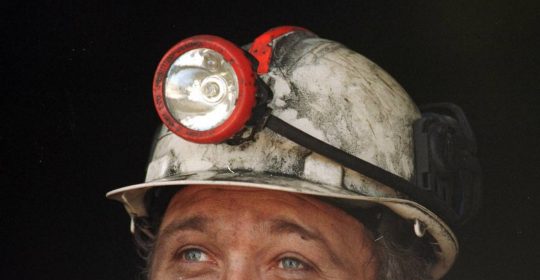
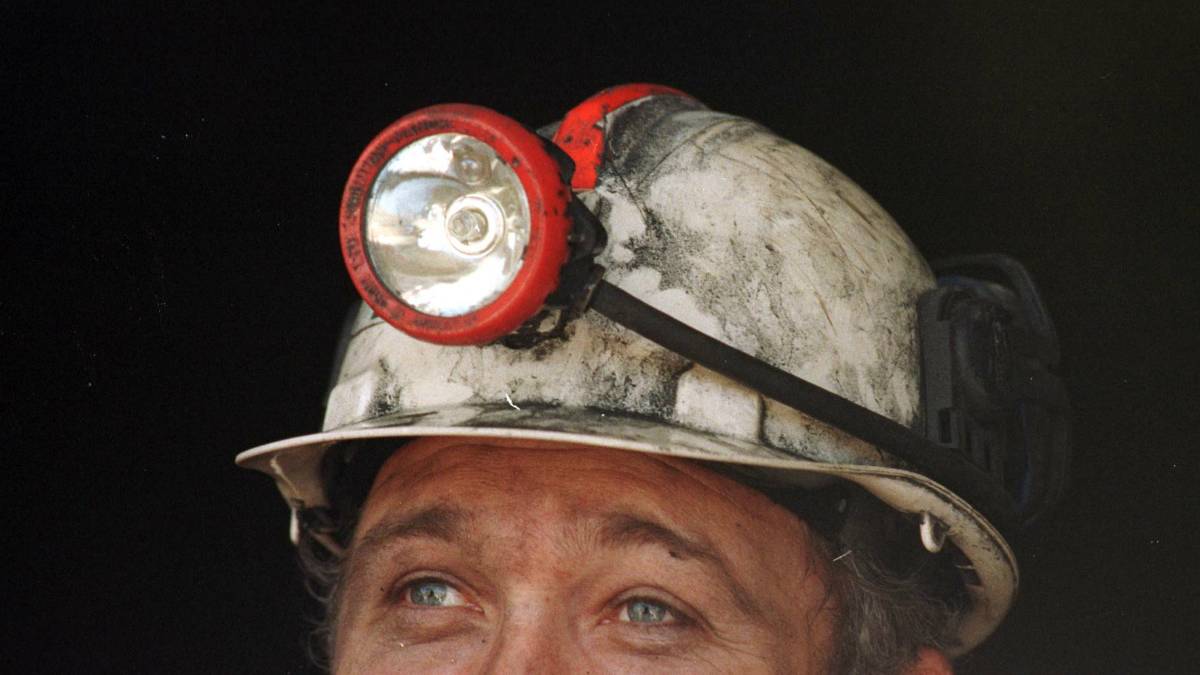
MINING companies spent $868.1 million across the Central West during the past year and the wider community is reaping the benefits, business experts say.
The NSW Minerals Council’s annual Expenditure Survey of its member companies, showed 28 participating mining companies had a significant impact on the region.
The survey says these companies directly injected $868.1m into the Central West during the 2017/18 financial year, including $539.2m in wages, to 4941 employees working in the region’s mines.
By far the biggest spend was in the Mid-Western local government area (LGA), with the surveyed companies spending $282.9m, including $183.2m in wages.
Significant spending was also made in the Orange LGA with $185.8m, including $116.5m in wages.
“Mining companies directly injected $868.1m into the Central West, including $539.2m in wages, to 4941 employees working in mines.”
NSW Minerals Council’s latest annual member company Expenditure Survey
In Lithgow, $174.4m was spent by mining companies during the same 12-month period, including $100.2m in wages.
In Parkes $67.4m was spent including $45.7m in wages; in Bathurst $42.2m was spent including $31.4m in wages.
NSW Minerals Council chief executive officer Stephen Galilee said the mining sector also had a significant flow-on impact for businesses and workers in the Central West.
Mining impacts on the Central West
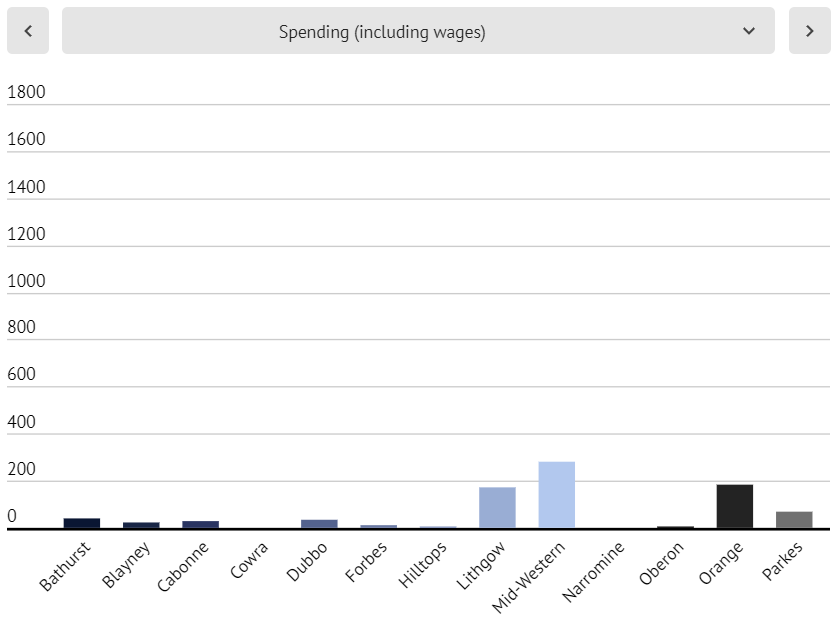
During the 2017/18 financial year, $328.4m was spent by the mining sector on purchases in businesses across these LGAs.
The report also revealed that this spending by the mining industry directly supported 1364 Central West businesses.
Mr Galilee said mining operations had provided jobs and investment for the region, in some cases for decades, directly employing thousands, and indirectly supporting many thousands more jobs through local businesses that supply the mines.
“This economic injection from mining has been essential for the communities of the Central West,” he said.
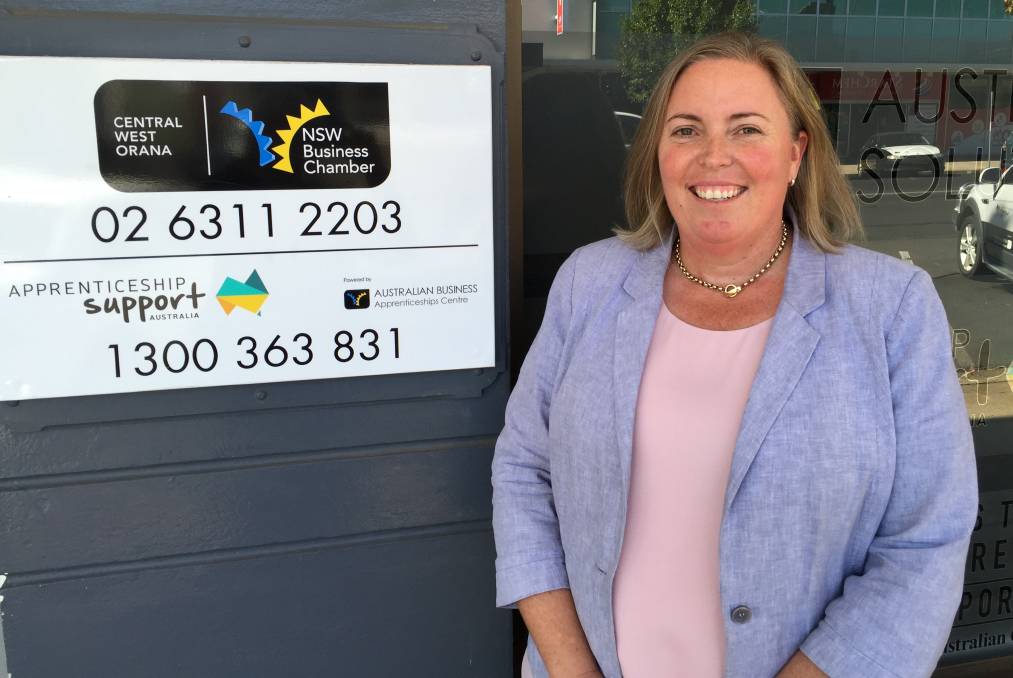
“Newcrest’s Cadia mine has provided a bedrock of economic stability to the township of Orange and surrounds.
“Coal operations around the Mudgee region including Peabody’s Wilpinjong mine and Glencore’s Ulan mine continue to provide jobs and investment for the local community.
“Mines like Centennial’s Springvale mine have supported jobs and local businesses in Lithgow and Bathurst.”
NSW Business Chamber western regional manager Vicki Seccombe said she was not surprised by the data and that mining made a significant contribution to the Central West and the broader NSW economy every year.
“The creation of a mining industry in the Central West has definitely provided more extensive work opportunities than we would have had in the past,” she said.
“There are now a range of different career choices available for our youth and locals via the mining industry and our larger employers.”
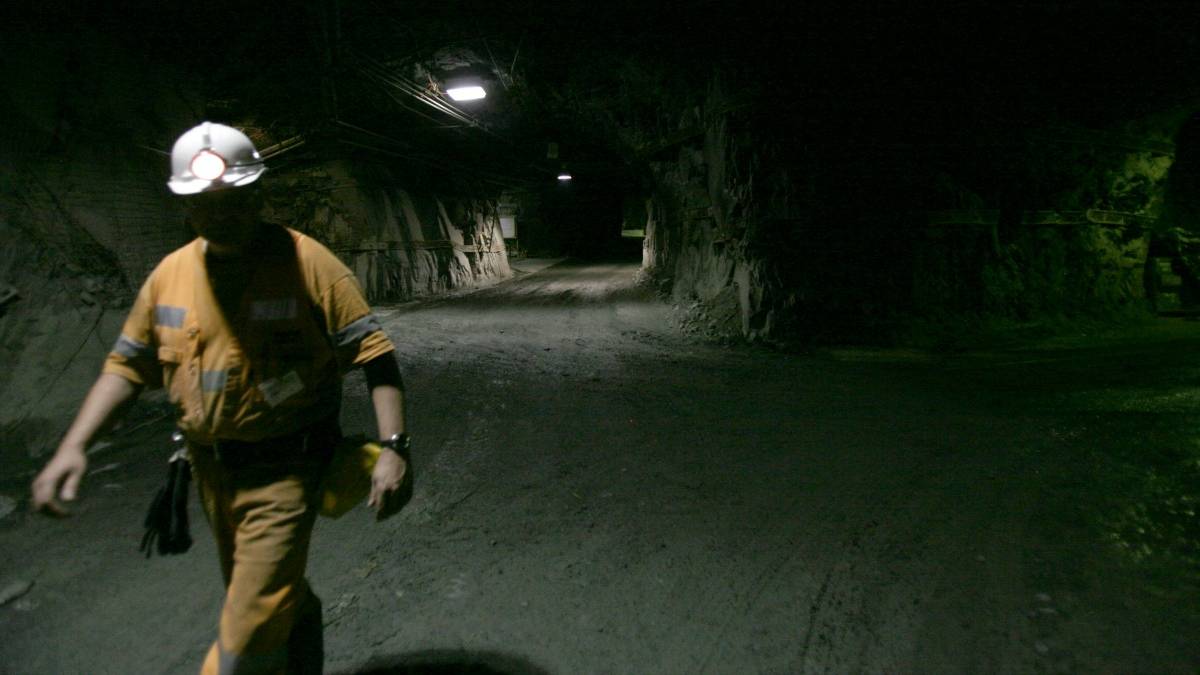
Ms Seccombe said, however, it was not only the mining sector that benefited.
“When you think of other industries that get a boost, the service sector immediately comes to mind – that’s retail, accommodation, food services, health, and education,” she said.
“Of course there is interplay with the manufacturing, engineering and construction sectors as well.”
Ms Seccombe said mining was very much a key sector and contributor to many of the Central West LGAs, but agriculture, manufacturing, healthcare, education and training, construction and public administration were also big sectors in the region.
Western Research Institute chief executive officer Kathy Woolley said mining was certainly the largest contributor to gross regional product (GRP) in the Central West and it created many highly skilled and highly paid jobs.
“Many industries in the Central West are boosted by the existence of mining, particularly the construction, transport and wholesale industries,” she said.

“Manufacturing and agriculture, forestry and fishing are second and third largest industries in the Central West economy.
“Sustainable and robust regional economies are made up of a good mix of strong industries, so that if one industry contracts, the others can fill the gaps.”
Ms Woolley said mining might be the largest employer in the region, however the health care and social assistance, retail, and education and training were also significant employers.
Source: Nadine Morton, Mudgee Guardian, 20 February 2019


